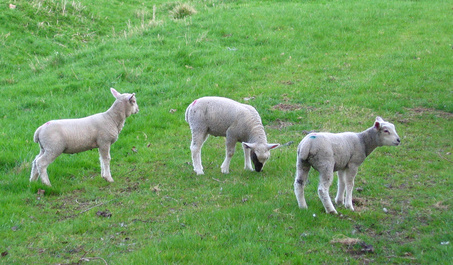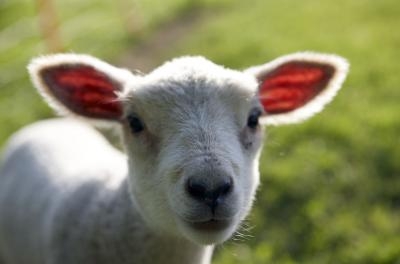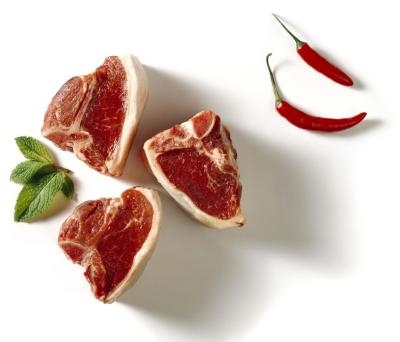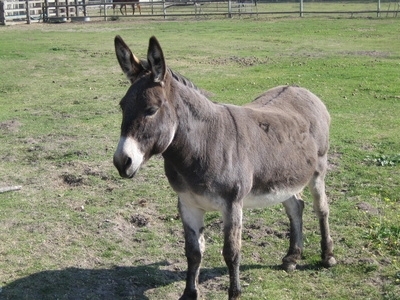
How Is Hoof & Mouth Disease Transmitted?. Hoof and mouth disease is a viral illness that affects all cloven-footed animals such as sheep, pigs, deer, goats and cattle. Horses and humans are not susceptible to hoof and mouth disease, but humans and horses may carry and transmit the virus to livestock. The virus that causes hoof and mouth disease is so contagious that nearly 100 percent of all exposed animals in a herd will become infected, according to the Nebraska Department of Agriculture. Most infected animals will recover, but the virus may be fatal in young or frail animals.
Hoof and mouth disease is a viral illness that affects all cloven-footed animals such as sheep, pigs, deer, goats and cattle. Horses and humans are not susceptible to hoof and mouth disease, but humans and horses may carry and transmit the virus to livestock. The virus that causes hoof and mouth disease is so contagious that nearly 100 percent of all exposed animals in a herd will become infected, according to the Nebraska Department of Agriculture. Most infected animals will recover, but the virus may be fatal in young or frail animals.
Hoof and mouth disease is rapidly transmitted through the air and has the ability to reach animals at great distances. According to the University of Illinois, College of Veterinary Medicine, when airborne, the infection can travel as far as 150 miles. Cattle appear to be the most vulnerable to catching hoof and mouth disease through airborne transmission, with pigs being the most potent producers of airborne virus. Millions of viral particles can be released every time a pig exhales. Recovered animals may continue to carry and excrete the virus for as long as six months after symptoms have disappeared.
The virus that causes hoof and mouth disease can be carried and transmitted in raw meat products and in milk taken from infected or exposed animals. If these meat products are used to feed other animals, or if infected milk is used to nourish young, the infection will spread. For this reason, any country experiencing an outbreak is banned from shipping meat and meat products to other regions of the world. This ban typically continues for three months or longer, according to the Nebraska Department of Agriculture.
The virus is also transmitted from host to host through infected clothing, feed products and soil. The virus may remain contagious for more than one year on infected grounds, putting unaffected animals at risk should they be housed in a location with a history of a hoof and mouth disease outbreak. The virus may persist for three months on feed, blankets and clothing, and for up to 30 days on hair. The virus can be carried from one infected area to another on the shoes of humans or by the tires of vehicles.
 How Can I Make Money With Farm Livestock?
How Can I Make Money With Farm Livestock?
How Can I Make Money With Farm Livestock?
How Can I Make Money With Farm Livestock?
 How Much Should I Be Bottle Feeding a Lamb?
How Much Should I Be Bottle Feeding a Lamb?
How Much Should I Be Bottle Feeding a Lamb?
How Much Should I Be Bottle Feeding a Lamb?
 Sheltie Facts
Sheltie Facts
Sheltie Facts. "She
Sheltie Facts
Sheltie Facts
Sheltie Facts. "She
 How to Figure Meat on a Lamb
How to Figure Meat on a Lamb
How to Fi
How to Figure Meat on a Lamb
How to Figure Meat on a Lamb
How to Fi
 Donkeys as a Predator Control
Donkeys as a Predator Control
Donkeys
Donkeys as a Predator Control
Donkeys as a Predator Control
Donkeys
Copyright © 2005-2016 Pet Information All Rights Reserved
Contact us: www162date@outlook.com